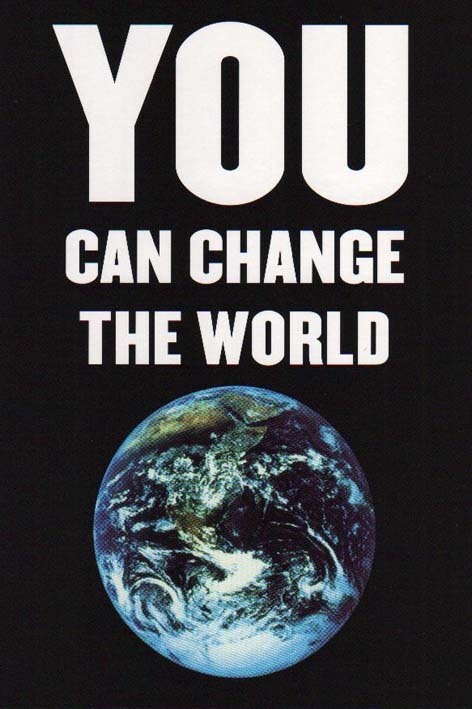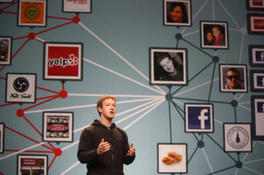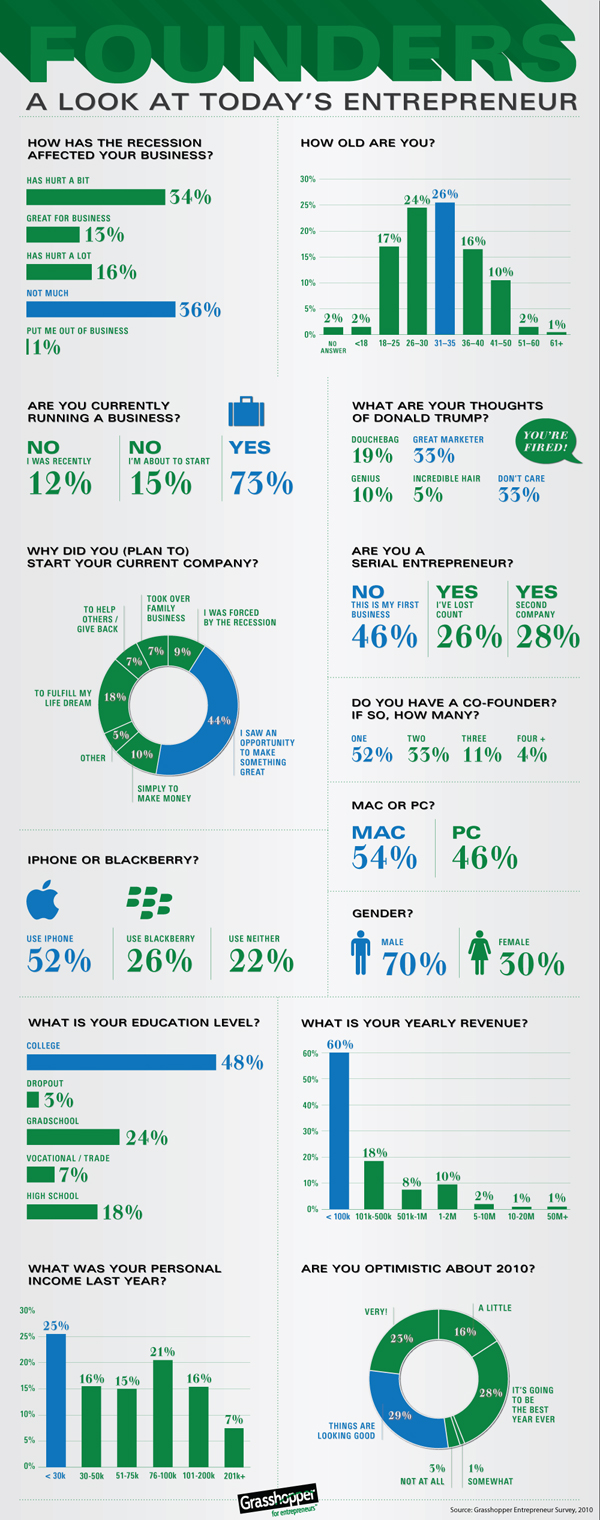 Getting people to think about something specific has powerful cognitive effects. Focusing attention and loading a specific mental model fills our working memory with content and activates episodic memories. This in turn can impact how we perceive, learn, solve problems, plan, navigate and behave. A single word, image or interaction can cause an avalanche of incidental mental processing. This is one thing that makes cognitive design such a powerful intervention. But it can have unexpected side effects.
Getting people to think about something specific has powerful cognitive effects. Focusing attention and loading a specific mental model fills our working memory with content and activates episodic memories. This in turn can impact how we perceive, learn, solve problems, plan, navigate and behave. A single word, image or interaction can cause an avalanche of incidental mental processing. This is one thing that makes cognitive design such a powerful intervention. But it can have unexpected side effects.
A great example was just published in Psychological Science, as You are What You Eat: Fast Food and Inpatients. To quote:
“We found that even an unconscious exposure to fast-food symbols can automatically increase participants’ reading speed when they are under no time pressure and that thinking about fast food increases preferences for time-saving products while there are potentially many other product dimensions to consider. More strikingly, we found that mere exposure to fast-food symbols reduced people’s willingness to save and led them to prefer immediate gain over greater future return, ultimately harming their economic interest.”
 This means that merely flashing the logo of the golden arches can cause a booting up of a “fast food” mental model that incidentally but powerfully alters seemingly unrelated reading speed, decision-making and behavior. And this is true for more than fast food….
This means that merely flashing the logo of the golden arches can cause a booting up of a “fast food” mental model that incidentally but powerfully alters seemingly unrelated reading speed, decision-making and behavior. And this is true for more than fast food….

 Scientific American is running a World Changing Ideas Video Contest. You need to enter a 2-5 minute video that demonstrates how you can help build a cleaner, safer healthier world by June 14th. No prize money just fame!
Scientific American is running a World Changing Ideas Video Contest. You need to enter a 2-5 minute video that demonstrates how you can help build a cleaner, safer healthier world by June 14th. No prize money just fame! 









